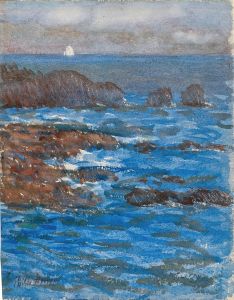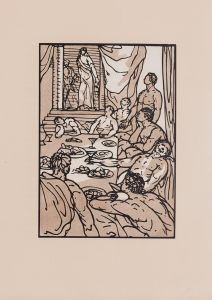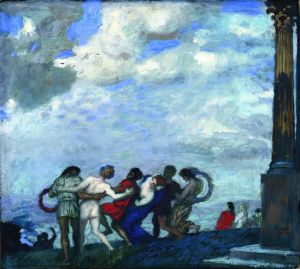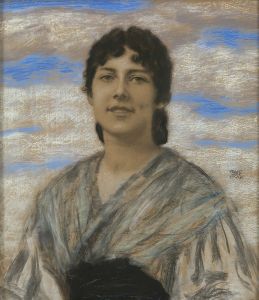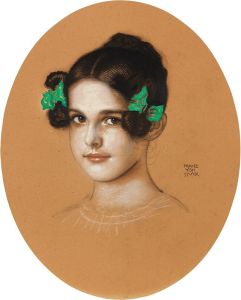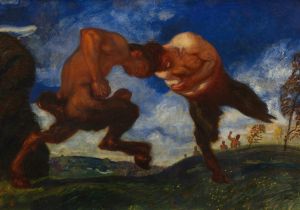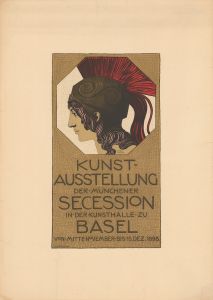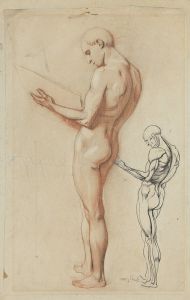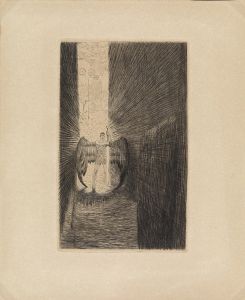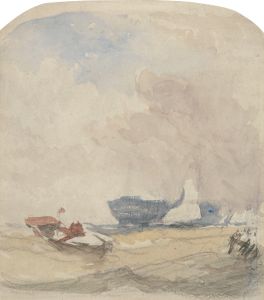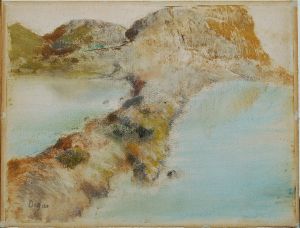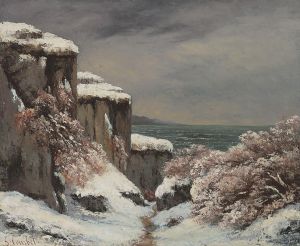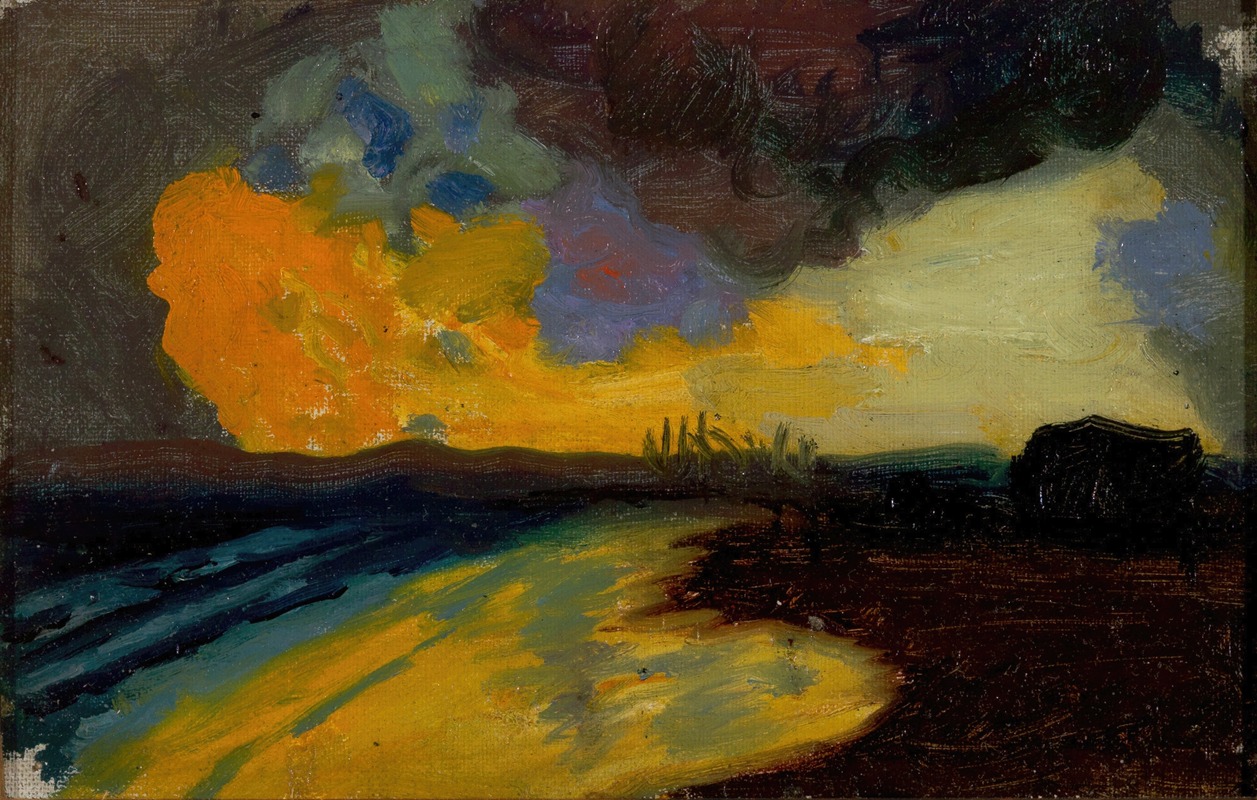
Studie zu ‘Sonnenuntergang am Meer’
A hand-painted replica of Franz von Stuck’s masterpiece Studie zu ‘Sonnenuntergang am Meer’, meticulously crafted by professional artists to capture the true essence of the original. Each piece is created with museum-quality canvas and rare mineral pigments, carefully painted by experienced artists with delicate brushstrokes and rich, layered colors to perfectly recreate the texture of the original artwork. Unlike machine-printed reproductions, this hand-painted version brings the painting to life, infused with the artist’s emotions and skill in every stroke. Whether for personal collection or home decoration, it instantly elevates the artistic atmosphere of any space.
Franz von Stuck (1863-1928) was a prominent German painter, sculptor, printmaker, and architect, known for his contributions to the Symbolist movement. One of his notable works is "Studie zu ‘Sonnenuntergang am Meer’" (Study for ‘Sunset by the Sea’), which exemplifies his skill in capturing atmospheric and emotive landscapes.
Franz von Stuck was born in Tettenweis, Bavaria, and showed an early talent for art. He studied at the Munich Academy of Fine Arts, where he honed his skills and developed a distinctive style characterized by a blend of mythological themes and a keen sense of mood and atmosphere. Stuck was a founding member of the Munich Secession, an art movement that sought to break away from traditional academic art and promote modernist approaches.
"Studie zu ‘Sonnenuntergang am Meer’" is a preparatory study for a larger work, reflecting Stuck's meticulous approach to composition and detail. The painting captures the serene yet dramatic moment of a sunset over the sea, a subject that has fascinated artists for centuries due to its natural beauty and the emotional responses it evokes. Stuck's study likely served as a preliminary exploration of color, light, and form, allowing him to experiment with different techniques before committing to the final piece.
In this study, Stuck employs a rich palette of warm hues to depict the setting sun, casting a golden glow over the tranquil waters. The sky is rendered with a gradient of colors, transitioning from deep oranges and reds near the horizon to softer pinks and purples as it ascends. This use of color not only captures the natural progression of a sunset but also enhances the emotional impact of the scene, evoking a sense of calm and contemplation.
The composition of "Studie zu ‘Sonnenuntergang am Meer’" is carefully balanced, with the horizon line placed strategically to draw the viewer's eye towards the setting sun. The sea, depicted with gentle waves, reflects the colors of the sky, creating a harmonious and unified image. Stuck's attention to detail is evident in the subtle variations in the water's surface, which add depth and texture to the painting.
Franz von Stuck's work often incorporated elements of symbolism, and "Studie zu ‘Sonnenuntergang am Meer’" is no exception. The sunset can be interpreted as a metaphor for the passage of time, the end of a day symbolizing the inevitable cycle of life and death. This theme is consistent with Stuck's broader oeuvre, which frequently explored existential and philosophical questions through mythological and allegorical subjects.
Stuck's influence extended beyond his own work; he was also a respected teacher at the Munich Academy of Fine Arts, where he mentored several notable artists, including Paul Klee and Wassily Kandinsky. His contributions to the art world were recognized during his lifetime, and he received numerous accolades and honors.
"Studie zu ‘Sonnenuntergang am Meer’" exemplifies Franz von Stuck's mastery of landscape painting and his ability to convey profound emotions through his art. The study remains a testament to his skill and his enduring legacy in the world of art.





